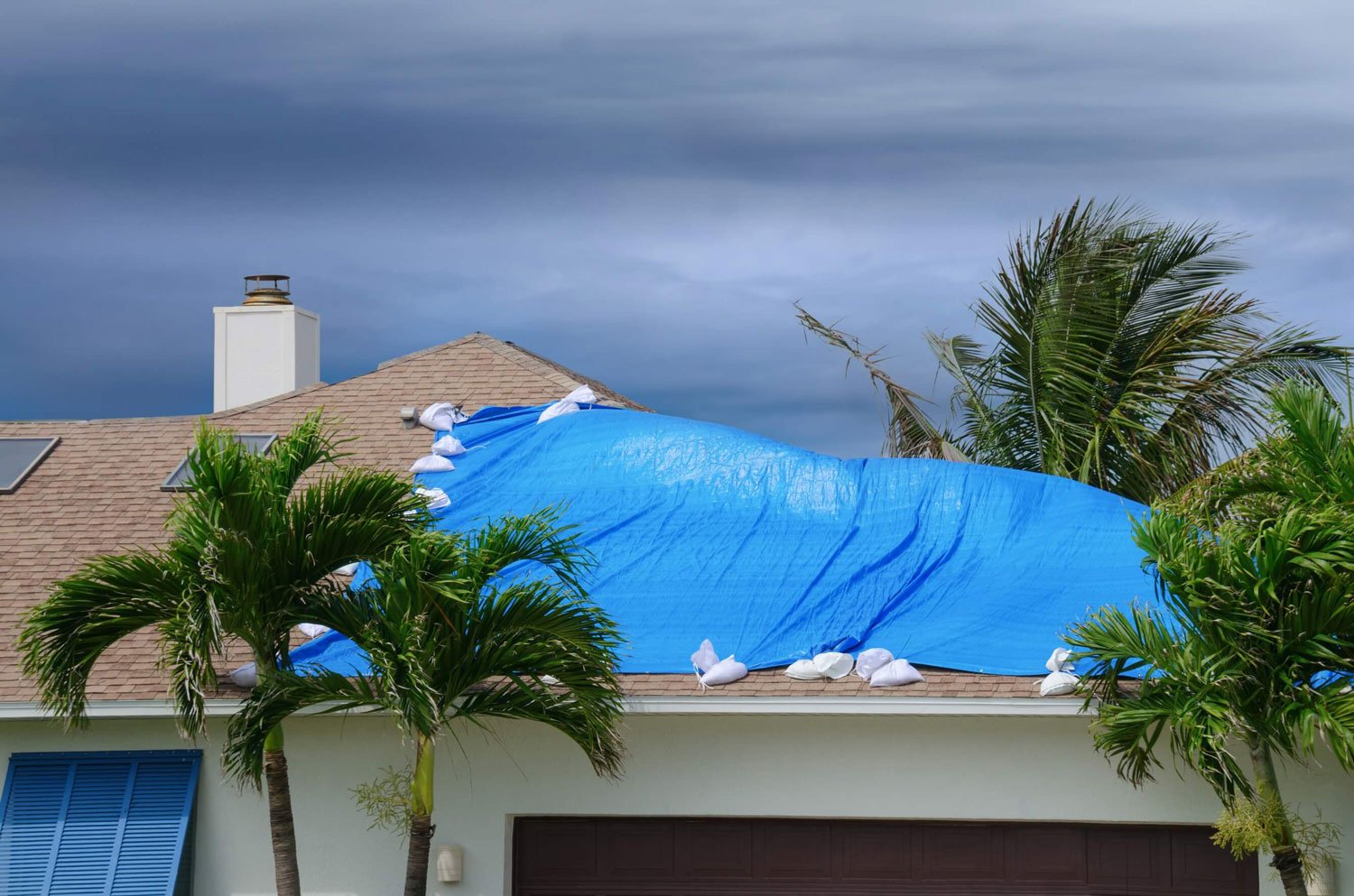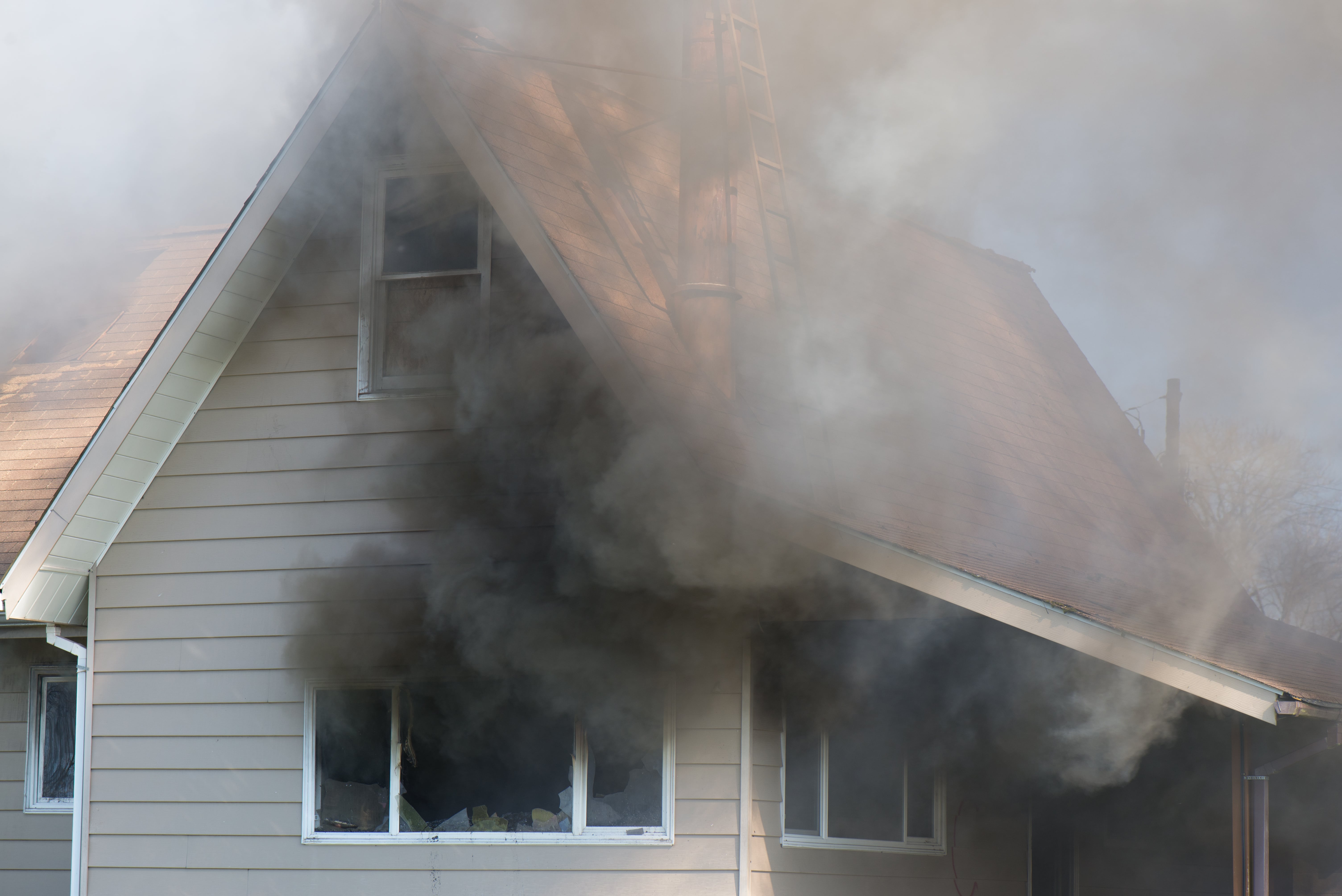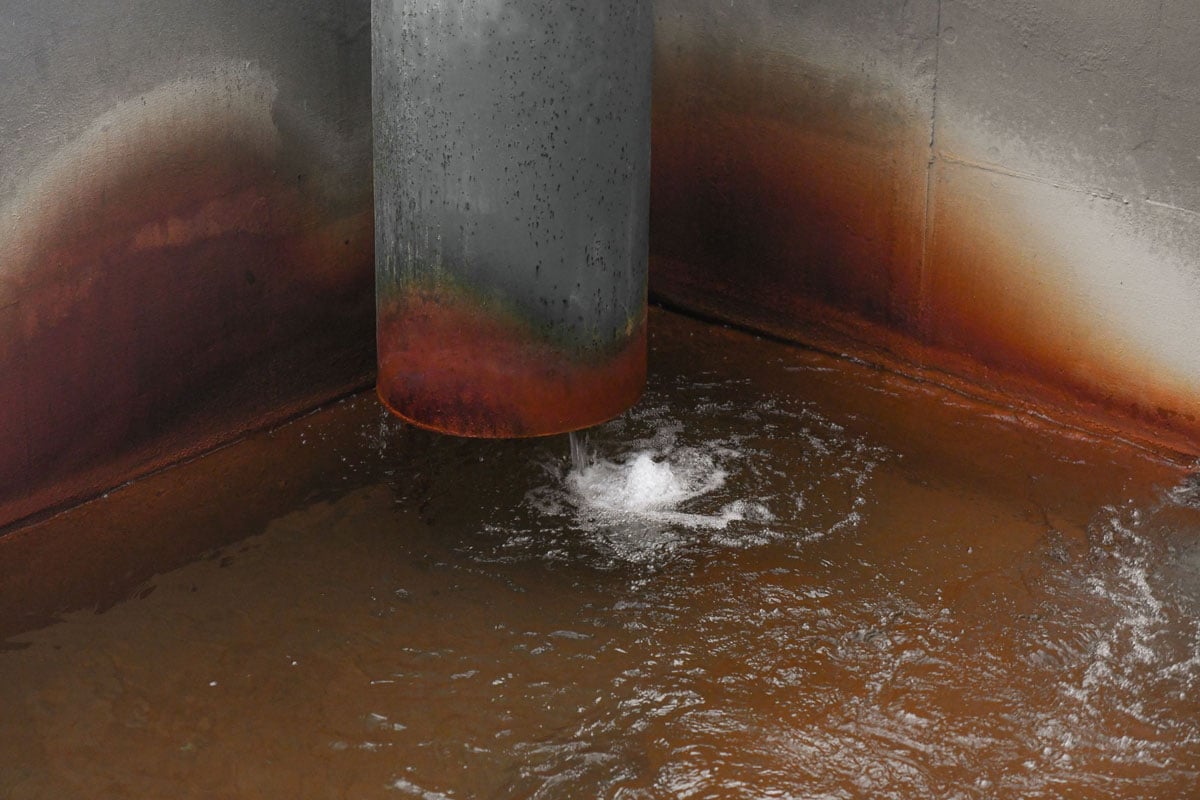How Long Can You Leave A Tarp On a Roof?

Worried about roof damage in an upcoming storm? If so, tarping your roof damage might help protect areas from further damage. Or, if damage has already occurred, acting quickly with an emergency roof tarp is critical. If water enters your home through damage to the roof, this can attack the wires in your attic or ceiling, leading to dangerous conditions. Not only does this pose the risk of down electrical service, but it can also lead to fire or even electrical shock.
Reasons for Roof Tarps
There are a variety of reasons why someone may need to put a tarp on their roof. If you’ve noticed damage to your roof, it’s important to get addressed quickly. Leaving damage unaddressed can lead to costly repairs and further damage. If you can’t get repairs completed on your roof right away, you might need to use a tarp for the short term.
If water enters your home, you also risk mold and mildew growth. These grow and thrive in warm, moist conditions. Whether you put your own roof tarp up or call a professional, acting promptly is necessary. Many construction companies need to use roof tarps if bad weather is expected during a major project.
Roof Tarping
The best solution is to tarp your roof as soon as there’s potential for storms or inclement damage. Or, if damage has already occurred and you need to protect the area. How long a roof tarp will last also depends on a variety of factors, such as heat and direct sun, proper installation and the durability of the tarp. The materials of a tarp matter in its durability.
Safety and care are required when putting a tarp on a roof. As such, never do it during inclement weather. When tarping your roof, it’s also important to wear safety equipment and use a sturdy ladder to prevent falls.
If there is visible roof debris, carefully use a broom to remove it. This includes excess branches, leaves, or other rubble from roof damage.
To ensure you use the right size tarp, it might be necessary to measure the area to cover. It’s important to go a little bigger than you need, to ensure every part of the roof that is damaged is fully covered. Any gaps or uncovered areas put your home at risk for water damage.
Types of Roof Tarps
When selecting a roof tarp, look for one that is ultra water-resistant. Most tarps come with mold and mildew resistance to help prevent the growth of unwanted substances. As for thickness, the thicker the tarp the better. For fierce weather conditions, you’ll want a tarp that is thick enough to hold up and protect your roof. Standard roof tarps are around 5 millimeters thick. However, you can aim for a heavy-duty tarp with at least 12 millimeters of thickness.
Some tarps also have grommets sewn into them. These can cause rusting when exposed to water. You may wish to select a roof tarp that is made from rust-resistant materials. This can help protect the wooden structure of your roof.
Get Professional Help
Call the professionals when you notice roof damage. While a temporary repair is fine for the short-term, aim to have it addressed as soon as possible. Emergency roof repairs can help you save thousands of dollars from damage. As experts in water restoration services, we’re here to help.
If you’re searching for roof tarping services, check out WeDry USA. We can help. We offer water restoration services to help protect you.


